Characteristics of Formica rufibarbis
Formica rufibarbis is a European species, commonly named as Red-barbed ant. It is found throughout Europe and even in parts of Asia. The queen is characterised by the bodice-like pattern on the thorax. The workers’ thorax is also reddish in colour, but the pattern is different with spots. Its main feature refers to its name, its workers are “slaves”. They are hardy, agile and easy to keep. In nature, they most often nest under stones in the ground. Workers love the sunny weather.
The concept of slave species: the fry (eggs, larvae, pupae and even adult workers) of a particular slave species can be adopted by the same or other slave species (Fomica sp.) or Amazon ants (Polyergus rufescens).
Their nuptial flight generally take place in summer. Their flight is favoured by slightly overcast weather, when it is not so hot. The queens are most often seen on the edges of paving stones, on gravel quite close to the grass. They can almost only be collected from the wild when swarming, as they often nest underground.
The Red-barbed ant is a very fast-growing species, so a single adult queen can number up to several thousand workers. Mono-Polygynous species, so you can keep one or more queens in a test tube/formicarium. In general, a single-queen colony is much more sustainable. During their development, cocoon appears. From puppy to adult worker, about. 6-8 weeks are needed. The Queen could live up to 15 years.
Formica rufibarbis is a hibernating species. Hibernation is recommended from the end of October to the end of March. During this period, the right temperature is 5-8 degrees Celsius. Depending on the number of workers, hibernation can be done in a test tube or in a formicarium. Keep them in a dark place and do not disturb them by moving them.
They like small insects and worms for food. It is essential that they are fed only sterile food, as insects caught outside may carry pathogens at higher rates, which could lead to the death of the colony. Honey and sugar water are also suitable. Water supplies should always be available for them.
Attention!
It can bite lightly, so it is not recommended to hold it. No liability for any injury, accident or damage caused by this species. The buyer accepts this and buys with this knowledge. The displayed product image is protected by copyright, and its use requires permission. The picture is an illustration.
- You can find useful videos about them on our TikTok channel.
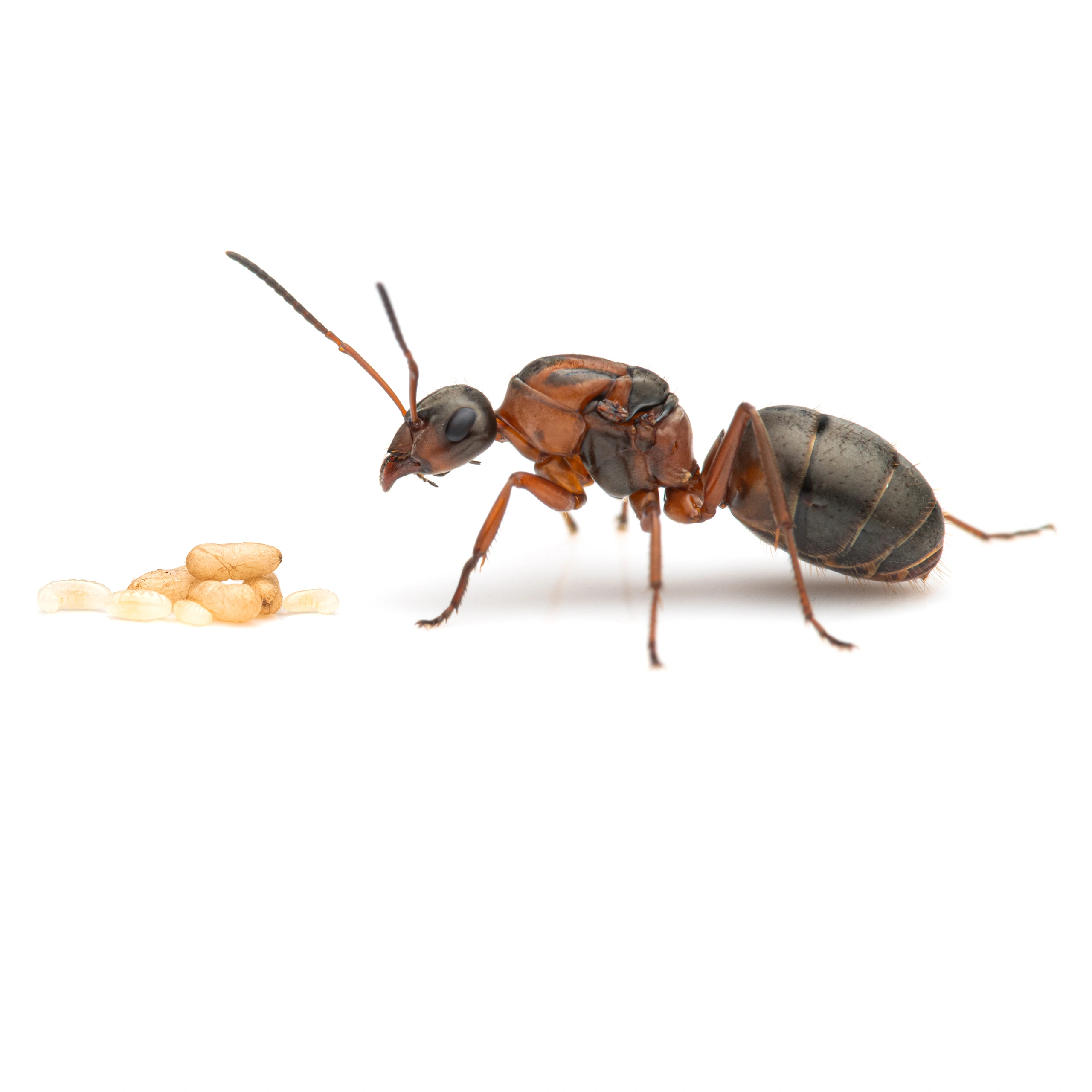
 : Capable of biting lightly
: Capable of biting lightly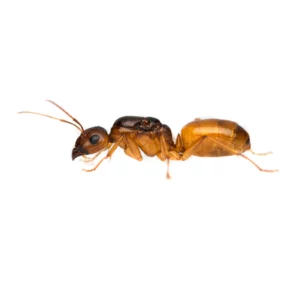
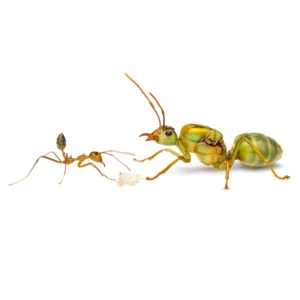
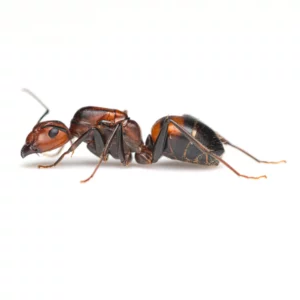
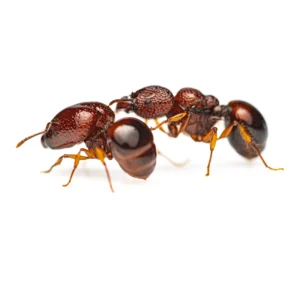

Tomkó (verified owner) –